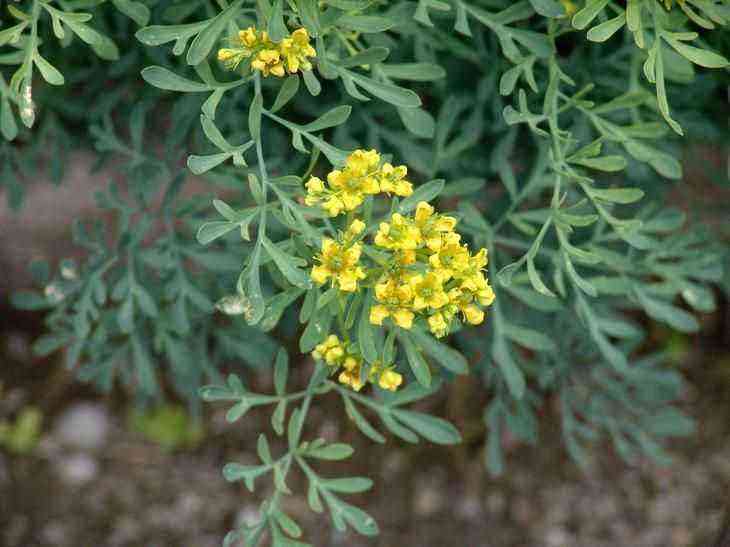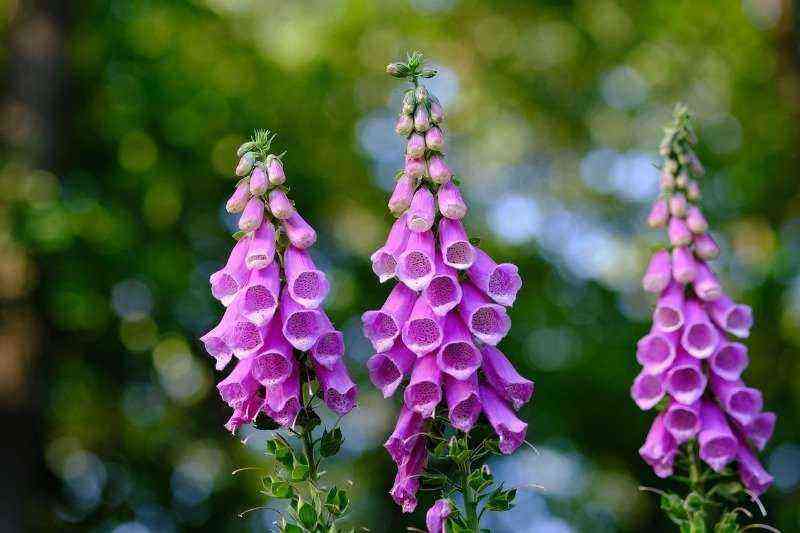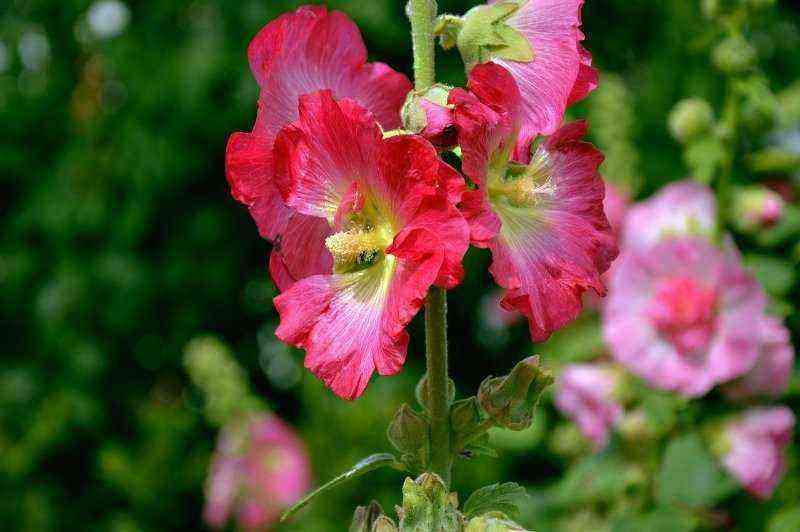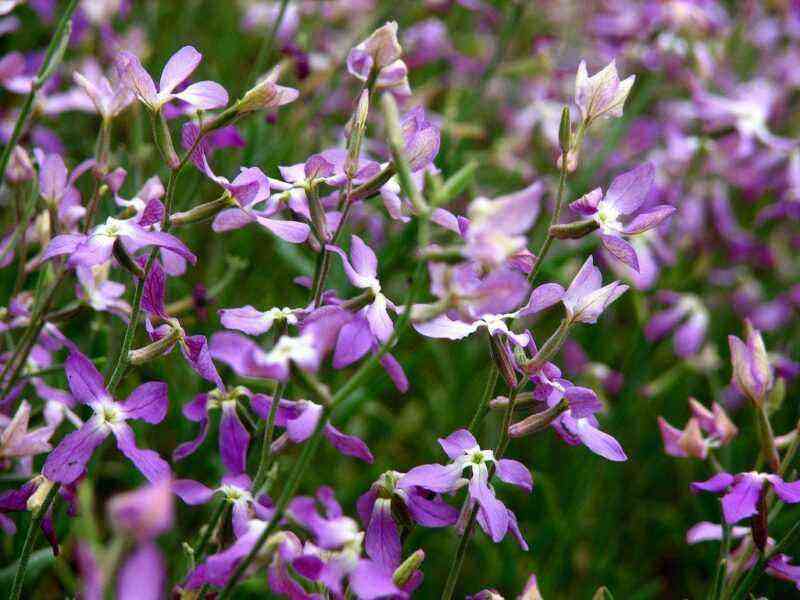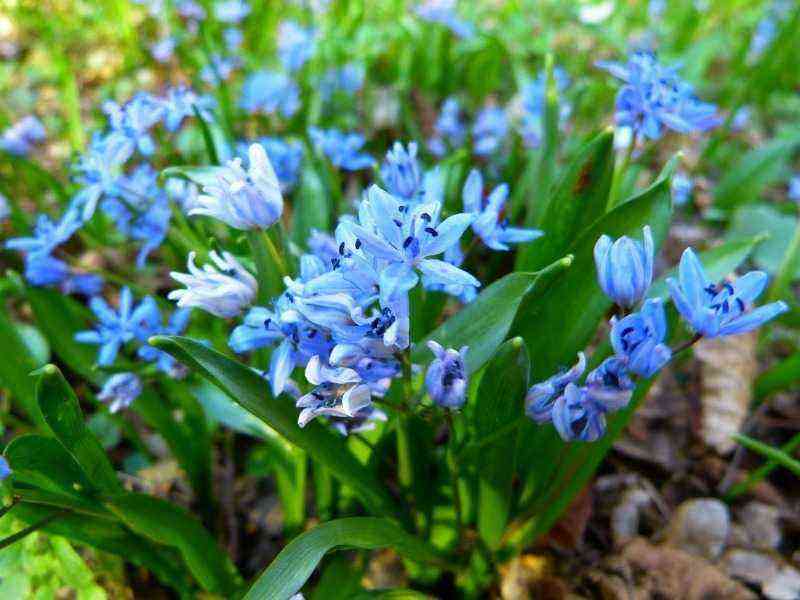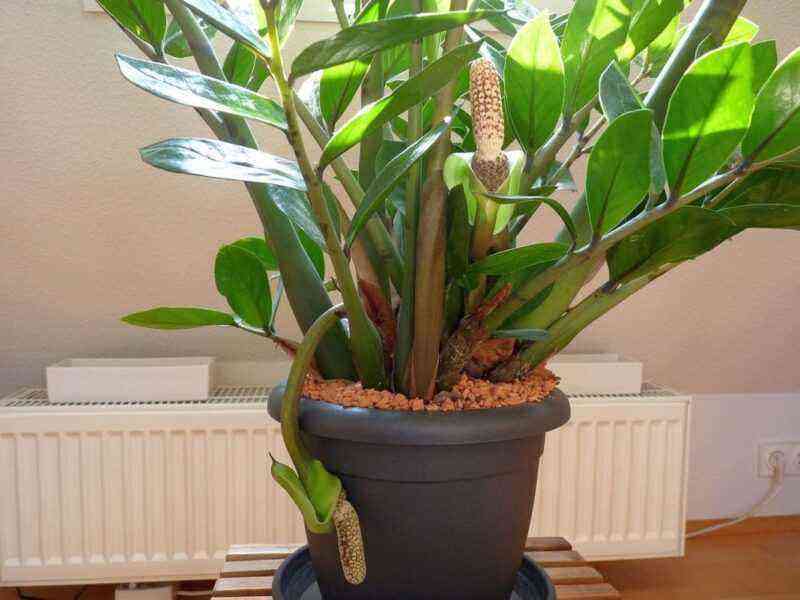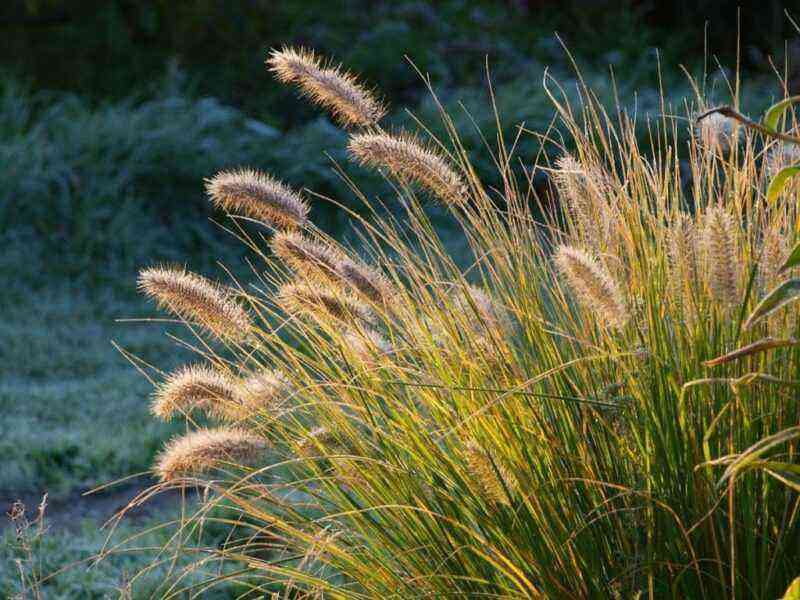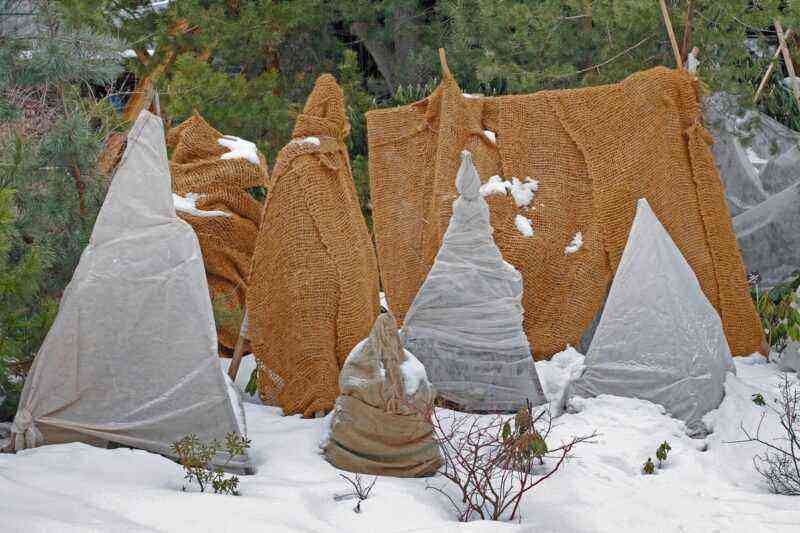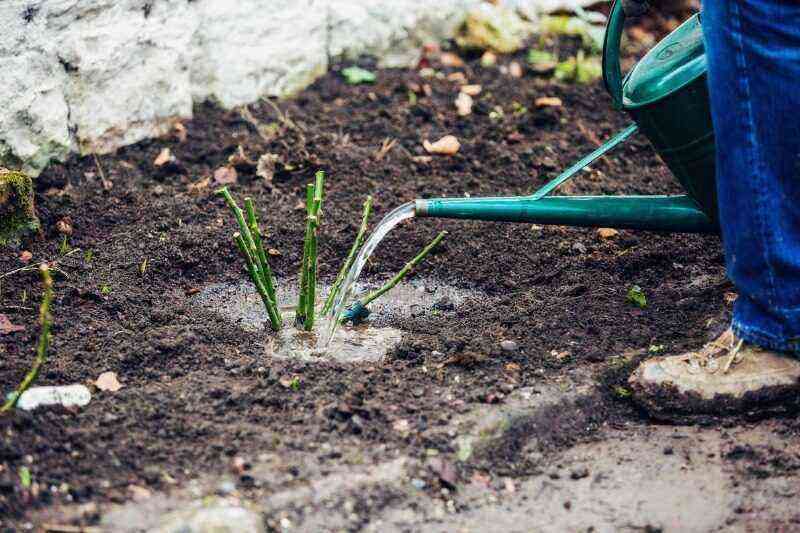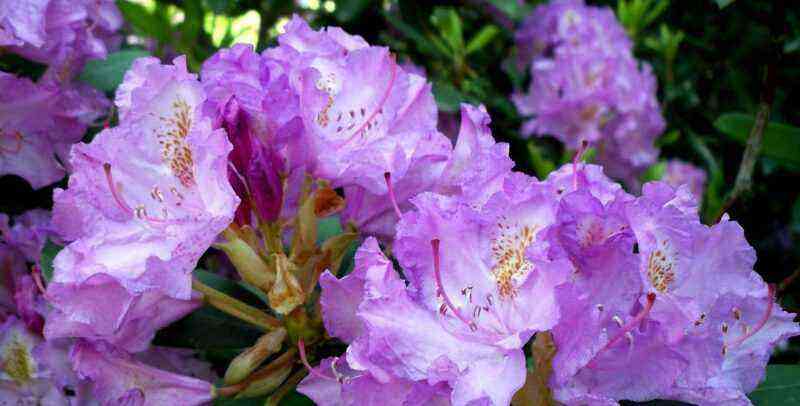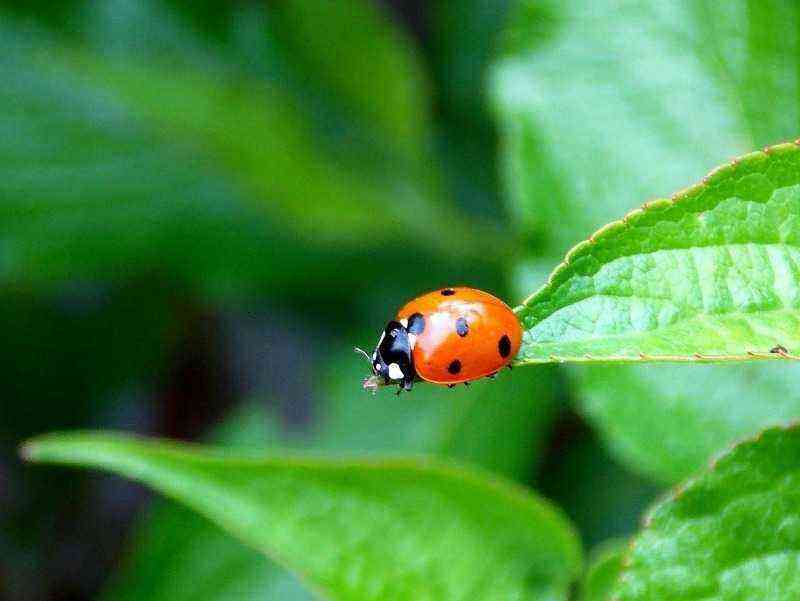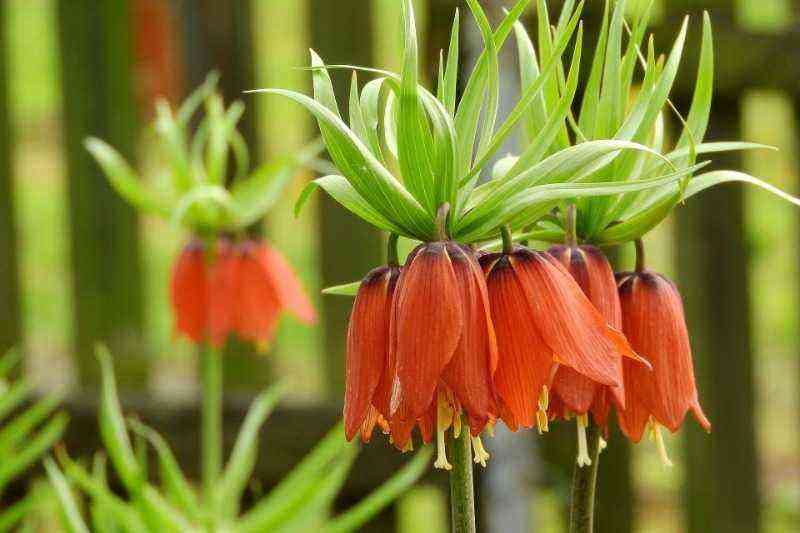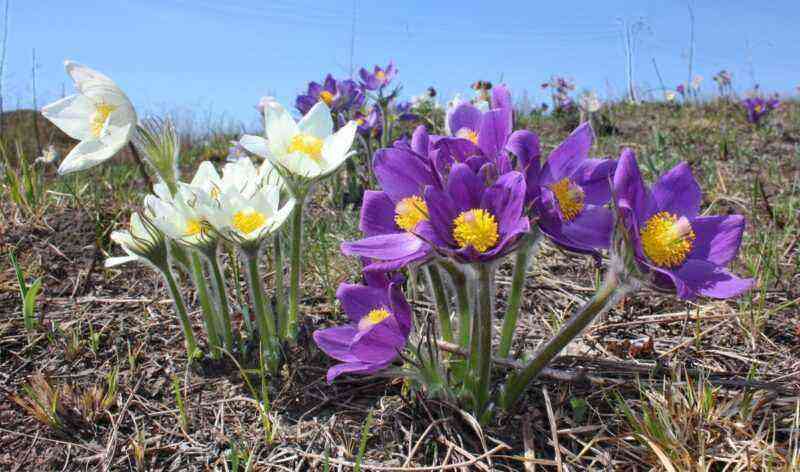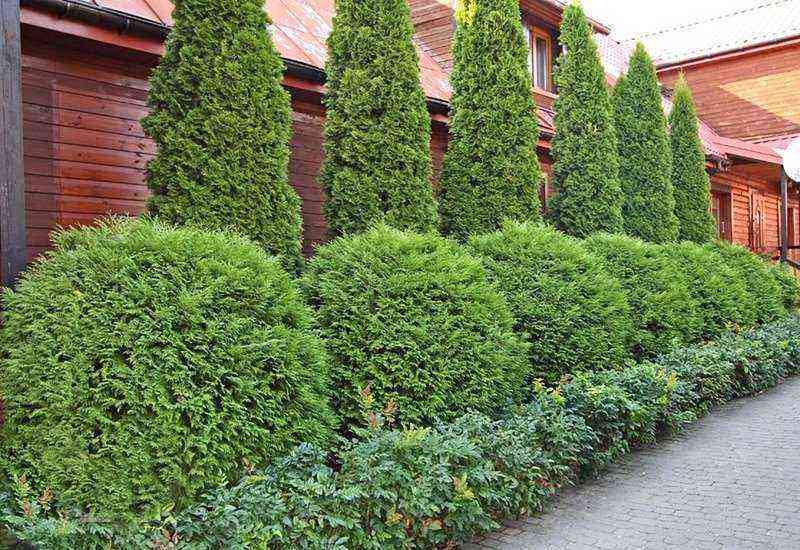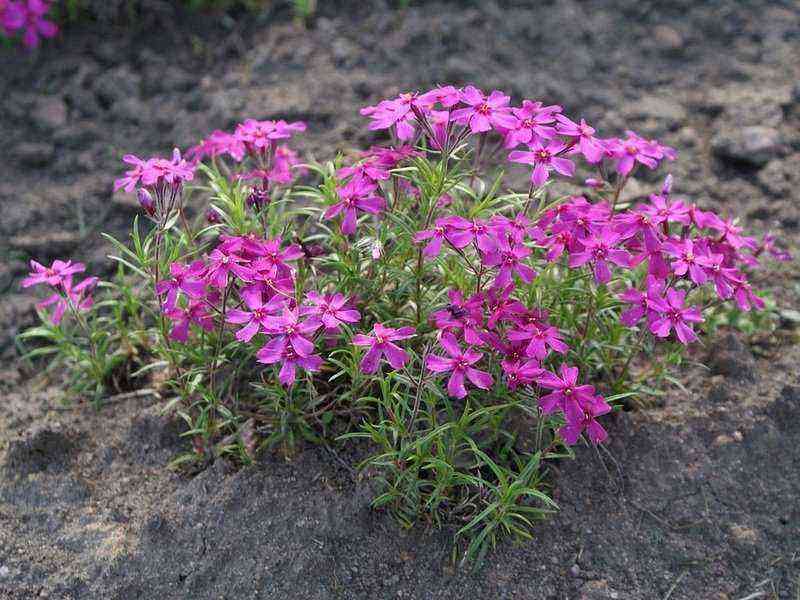Growing ornamental plants in the country, you need to be careful in their choice. Some have to get rid of for various reasons.
Verbainik dot
It is also called lysimachia. It is a perennial garden plant up to 1-1,2 m in height, with a large green mass and tall stems with medium-sized yellow flowers.
It is very undemanding, with a sufficient amount of rain in summer, it does not need any care at all, does not require shelter in winter. At the same time, it grows very quickly, displacing other plants, and for this reason many summer residents get rid of it.
Rue
An evergreen perennial shrub, rue fragrant is known as a medicinal plant. Reaches 1 m in height, cold-resistant, in severe frost requires shelter. It takes root well on any soil, but does not tolerate excess moisture.
In medicine, all parts of the shrub are used – it has bactericidal, anti-inflammatory, healing effects, it is used for diseases of the nervous system, gastrointestinal problems.
However, it should be used with caution – the high content of alkaloids and essential oils causes burns when applied externally. For this reason, the root is often cut down in the areas.
Digitalis
Herbaceous plant of the Plantain family is otherwise called digitalis. Stems up to 1,5-1,7 m high are covered with oblong leaves below, and on top they are decorated with a large cluster of flowers, similar to deep bells or thimbles.
It tolerates winter well, grows on its own, is used in medicine for heart diseases, looks spectacular – but almost all parts of the foxglove are poisonous, and therefore those who have small children try to get rid of it on the site.
Mallow
Another name is stock-rose. A spectacular perennial plant, reaching 2-2,5 m in height, blooming from late June to September with large, up to 12-15 cm in diameter flowers of all shades – from white to dark purple. You can collect the seeds, then sow the mallow in the snow, you can leave them to fall off for subsequent independent germination.
A significant reason for getting rid of mallow is its susceptibility to rust disease. It is contagious, airborne, so the diseased plant must be destroyed and the surviving ones must be treated.
In addition to rust, mallow is often affected by powdery mildew and caterpillars of various butterflies.
Rye
Rye is an annual herb of the Bluegrass family. This cereal grows well on almost all types of soil, cold-resistant. Rye is quite unpretentious, usually has a decorative function in gardens and is one of the most common green manures – plants that are planted in order to improve the quality of the soil and suppress weeds and pests.
However, it itself also attracts the wireworm – it is the larva of the click beetle. It subsequently often damages the yield of potatoes and other tubers.

